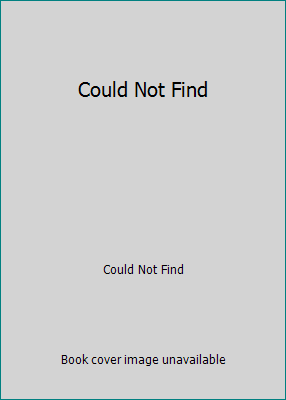All Formats & Editions
![Selected Fables: A Dual-Language Book [French] 0486295745 Book Cover](https://i.thriftbooks.com/api/imagehandler/l/F864C6F7873BD05067EC3F58117DC98A77A00DA3.jpeg)
Selected Fables: A Dual-Language Book [French]
First published between 1668 and 1693, the Fables of La Fontaine rank among the masterpieces of French literature. This volume contains 75 of the best, in the original French with new English line-for-line literal translations. "The Cicada and the Ant," "The City Rat and the...
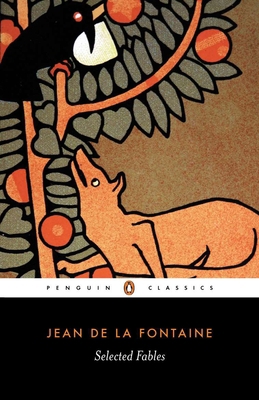
La Fontaine Selected Fables
Jean de la Fontaine (1621-95) freely plundered the works of Aesop Phaedrus Bidpai and others to transform the world's great fables into charming poems of astonishing originality wit and verve. Here he depicts lions frogs donkeys rats insects birds and wily foxes in situations...
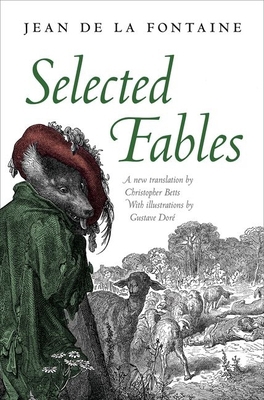
Selected Fables
La Fontaine's verse fables turned the traditional folktales derived from Aesop and a range of Oriental sources into some of the greatest, and best-loved, poetic works in French. His versions of stories such as The Hare and the Tortoise and The Wolf and the Lamb are witty and...

La Fontaine: Selected fables
![Fables Choisies, [French] 1016798733 Book Cover](https://i.thriftbooks.com/api/imagehandler/l/43CACB84FEEDC6AECE71CFF503C2BD1B6B9481DF.jpeg)
Fables Choisies, [French]
This work has been selected by scholars as being culturally important, and is part of the knowledge base of civilization as we know it. This work is in the "public domain in the United States of America, and possibly other nations. Within the United States, you may freely...
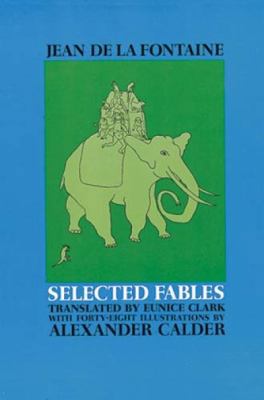
Selected Fables of Jean de la Fontaine

La Fontaine: Selected Fables
![Fables (French Edition) [French] 2211070728 Book Cover](https://m.media-amazon.com/images/I/51CE6J5qOkL._SL500_.jpg)
Fables (French Edition) [French]
![Fables Choisies: With Biographical Sketch of th... [French] 1145175341 Book Cover](https://i.thriftbooks.com/api/imagehandler/l/FED6EB0F73F59679868B2E3330287E3C38D2DABF.jpeg)
Fables Choisies: With Biographical Sketch of th... [French]
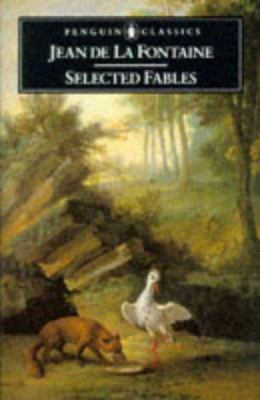
Selected Fables (Penguin Classics)
Classic of French literature, brilliantly translated into English, features witty interpretations of 70 of Aesop's immortal Fables: "The Grasshopper and the Ant," "The Town Rat and the Country Rat," "The Fox and the Grapes," "The Hare and the Tortoise," and dozens more.
![Fabulas escogidas/ Selected Fables (Clásicos de... [Spanish] 8497644573 Book Cover](https://i.thriftbooks.com/api/imagehandler/l/C108E1785D191A1F9A1E255188414C25CAA8FC12.jpeg)
Fabulas escogidas/ Selected Fables (Clásicos de... [Spanish]
![Fables Choisis De Jean De La Fontaine... [French] 0341540781 Book Cover](https://i.thriftbooks.com/api/imagehandler/l/D43404932AF68DD7311B30DB191E2579AF860D85.jpeg)
Fables Choisis De Jean De La Fontaine... [French]
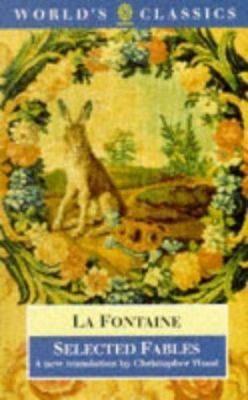
Selected Fables
This lively new translation of the most famous among La Fonatine's celebrated fables captures the wit and nuances of the original, showing how La Fontaine deals with universal themes in a deeply human, wise, and yet irrepressibly humorous way. The selection--including 110 of...
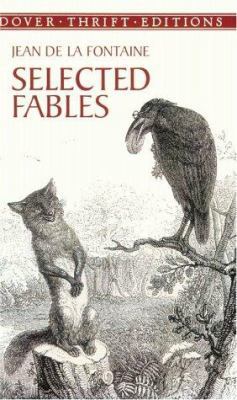
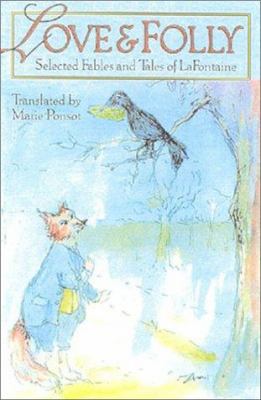
Love and Folly: Selected Fables and Tales of La...

SELECTED FABLES: Illustrated by ALEXANDER CALDE...
![Fables choisies [French] 2070627594 Book Cover](https://m.media-amazon.com/images/I/51aRrH2T3pL._SL500_.jpg)
Fables choisies [French]
![Fables Choisies de la Fontaine: Édition À l'Usa... [French] 2011874459 Book Cover](https://i.thriftbooks.com/api/imagehandler/l/80AE8F102ADF96C8B697C6E880CA8529BCDE903D.jpeg)
Fables Choisies de la Fontaine: Édition À l'Usa... [French]
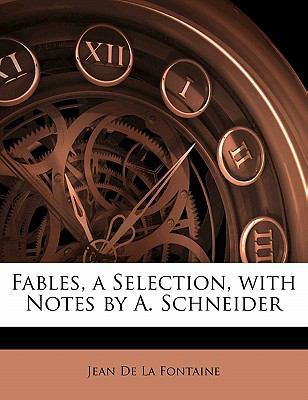
Fables, a Selection, with Notes by A. Schneider
![Fables Choisies de la Fontaine: Pr?c?d?es de Sa... [French] 1275978940 Book Cover](https://i.thriftbooks.com/api/imagehandler/l/DFC45DBC0A37632CFE36D428A155F29CBCCEBB53.jpeg)
Fables Choisies de la Fontaine: Pr?c?d?es de Sa... [French]
This is a reproduction of a book published before 1923. This book may have occasional imperfections
such as missing or blurred pages, poor pictures, errant marks, etc. that were either part of the original artifact,
or were introduced by the scanning process. We believe...
![Fables Choisies de la Fontaine: With Biographic... [French] 1279844515 Book Cover](https://i.thriftbooks.com/api/imagehandler/l/33FAE505C6EDAF1181C854F5387F5AAD12F515E6.jpeg)
Fables Choisies de la Fontaine: With Biographic... [French]
This is a reproduction of a book published before 1923. This book may have occasional imperfections
such as missing or blurred pages, poor pictures, errant marks, etc. that were either part of the original artifact,
or were introduced by the scanning process. We believe...
![Choix de Fables de la Fontaine, Traduites En Ve... [French] 201253001X Book Cover](https://i.thriftbooks.com/api/imagehandler/l/04B9C4AEEFA7B4C30756CF9D164D263C11E9D320.jpeg)
Choix de Fables de la Fontaine, Traduites En Ve... [French]
![Choix de Fables de la Fontaine [French] 2019172445 Book Cover](https://i.thriftbooks.com/api/imagehandler/l/1626CA6D41A63CCD6416CA1F7EBDC9B08BF5ABDD.jpeg)
Choix de Fables de la Fontaine [French]
![Fables choisies [French] 225302371X Book Cover](https://m.media-amazon.com/images/I/512CT4Gdq1S._SL500_.jpg)
Fables choisies [French]
